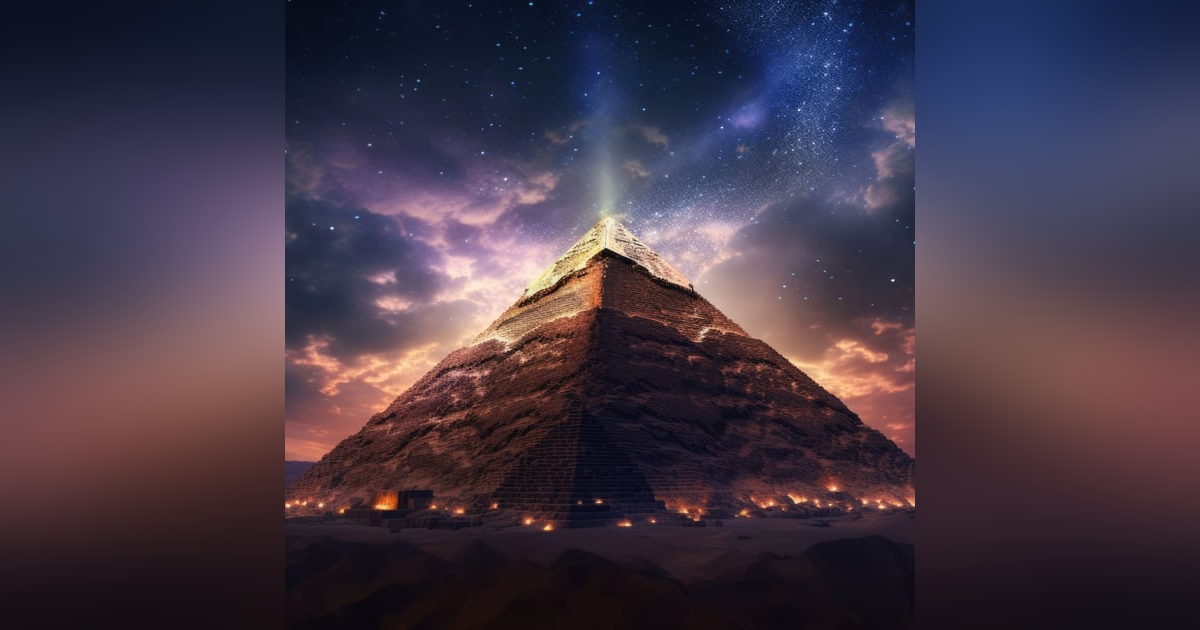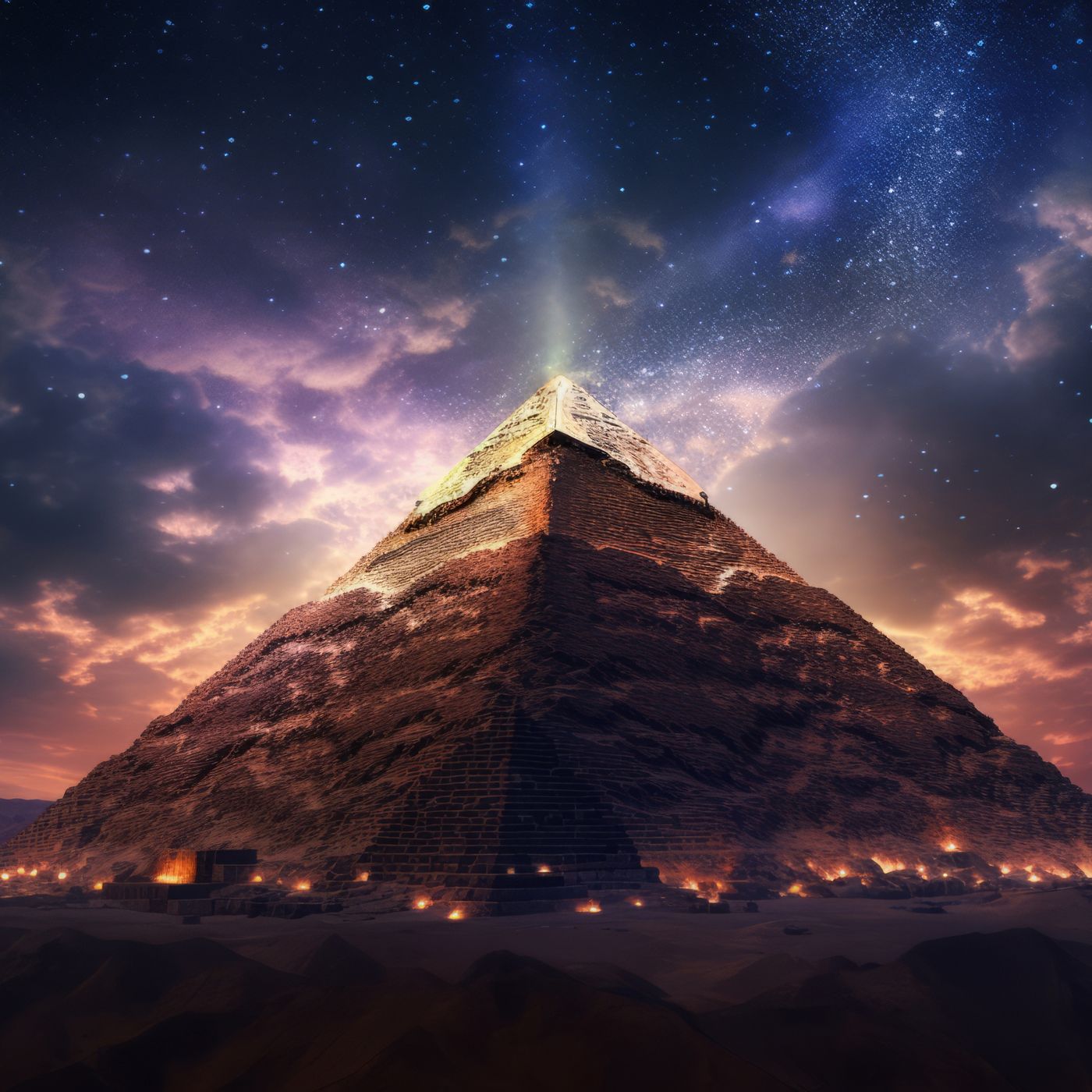S9: Messages From Another Dimension


I am delighted to introduce my esteemed guest, Freddy Silva. He is a renowned bestselling author known for his extensive research on ancient civilizations, restricted history, and sacred sites. His work focuses on the fascinating interaction between...
I am delighted to introduce my esteemed guest, Freddy Silva. He is a renowned bestselling author known for his extensive research on ancient civilizations, restricted history, and sacred sites. His work focuses on the fascinating interaction between these sites and human consciousness.
He has published eight books in six languages, and produced thirteen documentaries.
Described by one CEO as "perhaps the best metaphysical speaker in the world right now,” for two decades he has been an international keynote speaker, with notable appearances at the International Science and Consciousness Conference, the International Society For The Study Of Subtle Energies & Energy Medicine, and the Association for Research and Enlightenment, in addition to History Channel, BBC, GAIA TV, numerous podcasts and radio shows such as Fade To Black and Coast To Coast.
He is also a documentary filmmaker with 14 published titles. and leads private tours to sacred sites worldwide.
The Great Pyramid of Giza[a] is the largest Egyptian pyramid and the tomb of Fourth Dynastypharaoh Khufu. Built in the early 26th century BC during a period of around 27 years,[3] the pyramid is the oldest of the Seven Wonders of the Ancient World, and the only one to remain largely intact. It is the most famous monument of the Giza pyramid complex, in the Pyramid Fieldsof the Memphis and its Necropolis UNESCO World Heritage Site,[4] in Giza, Egypt. It is at the most Northern end of the line of the 3 Pyramids of Giza.
Initially standing at 146.6 metres (481 feet), the Great Pyramid was the tallest man-made structurein the world for more than 3,800 years. Over time, most of the smooth white limestone casing was removed, which lowered the pyramid's height to the present 138.5 metres (454.4 ft). What is seen today is the underlying core structure. The base was measured to be about 230.3 metres (755.6 ft) square, giving a volume of roughly 2.6 million cubic metres (92 million cubic feet), which includes an internal hillock.[5]
The dimensions of the pyramid were 280 royal cubits (146.7 m; 481.4 ft) high, a base length of 440 cubits (230.6 m; 756.4 ft), with a seked of 5+1/2 palms (a slope of 51°50'40").
The Great Pyramid was built by quarrying an estimated 2.3 million large blocks weighing 6 million tonnes in total. The majority of stones are not uniform in size or shape and are only roughly dressed.[6] The outside layers were bound together by mortar. Primarily local limestone from the Giza Plateau was used. Other blocks were imported by boat on the Nile: White limestone from Tura for the casing, and granite blocks from Aswan, weighing up to 80 tonnes, for the King's Chamber structure.[7]
There are three known chambers inside the Great Pyramid. The lowest was cut into the bedrock, upon which the pyramid was built, but remained unfinished. The so-called[8] Queen's Chamber and King's Chamber, that contains a granite sarcophagus, are above ground, within the pyramid structure. Khufu's vizier, Hemiunu (also called Hemon), is believed by some to be the architect of the Great Pyramid.[9] Many varying scientific and alternative hypotheses attempt to explain the exact construction techniques.
The funerary complex around the pyramid consisted of two mortuary temples connected by a causeway (one close to the pyramid and one near the Nile), tombs for the immediate family and court of Khufu, including three smaller pyramids for Khufu's wives, an even smaller "satellite pyramid" and five buried solar barges (boats).
Follow Our Other Shows
Follow UFO Witnesses
Follow Crime Watch Weekly








